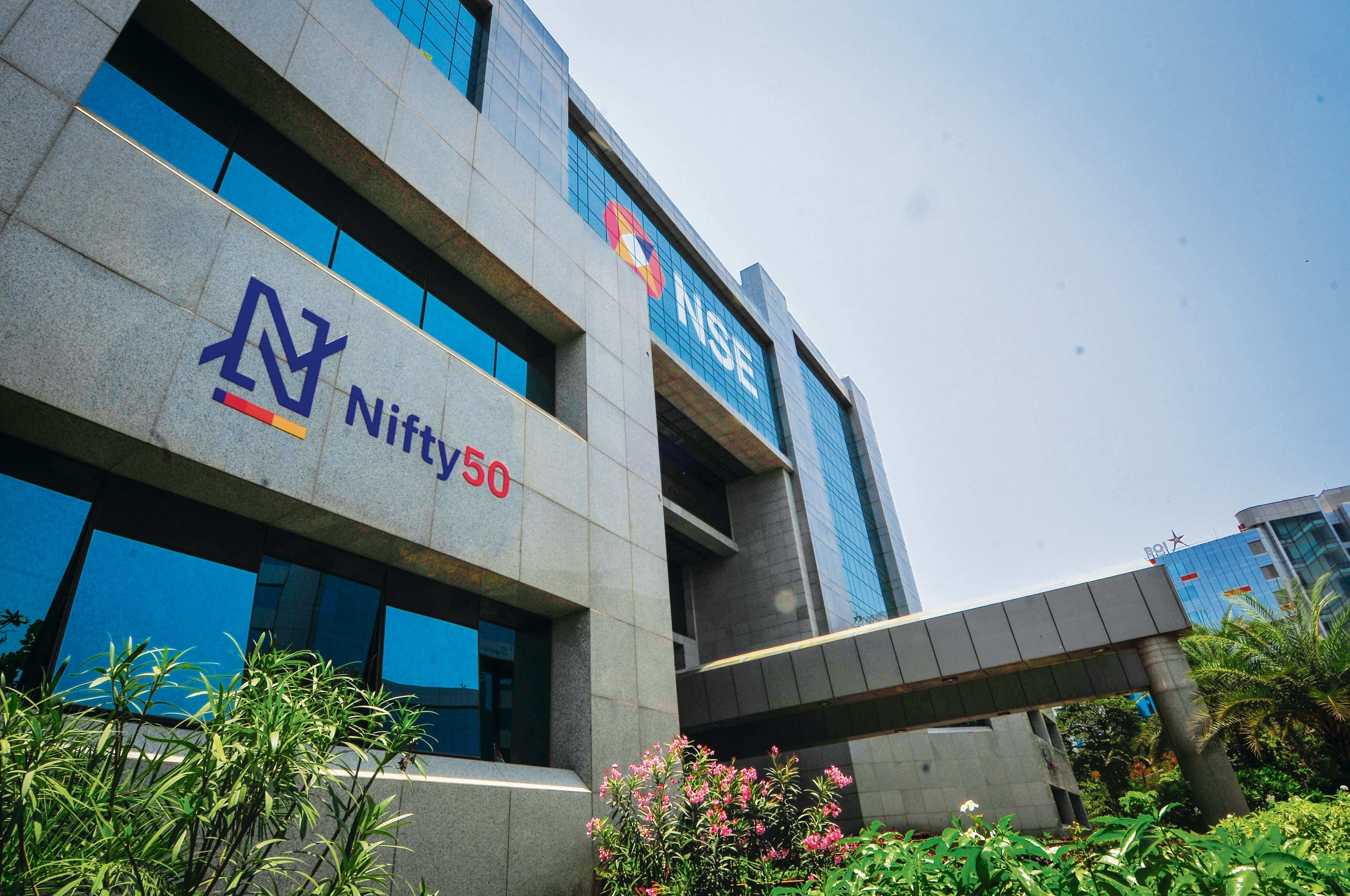When borrowing rates are low in developed economies like in the United States, Foreign investors typically look for better investment opportunities elsewhere. But now with the FED's hawkish plans, the capital flight is moving back from emerging markets, and when this occurs, normally, the Indian stock markets will correct. However, the situation is different this time. Because of a record 60 billion dollar retail inflow through mutual funds over the last 12 months, FII selling has had little impact on Indian markets.

Will retail investor inflows into the stock market decline?
According to Jefferies, the pace of retail investor flow into the stock market could reduce as the trailing 12-month month returns drop towards '0' in another three to four weeks.
FPIs have, so far this year, sold securities worth 22 billion dollars. However, this has been met by a similar 23 billion dollar purchase by DIIs.
According to Jefferies, a record over 60 billion dollars retail inflow, through mutual funds and direct, into domestic equity over the last 12 months has helped absorb heavy foreign selling. But they believe retail inflows cannot be taken for granted, Business standard reported.
The number of Demat accounts has gone up 63 per cent year-on-year. Brokerage Jefferies estimates an inflow of 36 billion dollars directly into stocks from retail investors over the last two years.
However, according to analysts, the headwinds – inflation, rising interest rates and an upturn in the real estate cycle -- may dent flows into equities as an asset class going ahead.
Retail Investor - Biggest player in the Stock Markets
According to the economic survey, individual investors now account for 44.7% of the equity cash segment. The portion of the retail segment was 36% in FY17. The share of retail investors in the NSE’s cash turnover has surged to 45% in FY21 and is showing a similar trend in the first seven months of FY22.
Foreign investors account for only 11% of total trading volume now. Their market share has come down by half since 2016.
Domestic institutions (DII) are now only 7% of the market – a minuscule amount.
If average volumes on the exchange are Rs. 40,000 cr., then nearly half of that is traded by retail investors.
Record Inflows
The SIP flow data for April 2022, released by AMFI on May 10th, shows that inflows into the mutual fund industry through systematic investment plans or SIPs reached over ₹1.24 lakh crore in the financial year 2021-22, a jump of 30 per cent from the preceding fiscal.
In comparison, an inflow of ₹96,080 crore through the route was registered in 2020–21, data with the Association of Mutual Funds in India (AMFI) showed.
Additionally, the SIP book has also grown consistently from ₹9,182 crore in March 2021 to an all-time high of ₹12,328 crore in March 2022, which is a growth of around 34 per cent.
This inflow came despite challenges like rising oil prices, persistent FPI selling, stressed Q4FY22 results, Fed hawkishness, etc.
Further, SIPs’ assets under management (AUM) climbed to ₹5.76 lakh crore at the end of March this year from ₹4.28 lakh crore in March-end 2021. Over the past five years, SIP AUM has grown 30 per cent annually, twice as fast as the growth in the overall mutual fund industry’s asset base.
The number of SIP folios increased from 5.27 crore in March 2022 to 5.39 crore in April 2022.
Will this trend be reversed?
According to Jefferies, the pace of retail investor flow into the stock market could reduce as the trailing 12-month returns drop towards '0' in another three to four weeks.
Between March 2020, when the Nifty hit a four-year low of 7,511.1, and October 2021, when the index touched an all-time high of 18,604.45, the stock benchmark has risen nearly 148%. Retail investor participation has multiplied as of April 30 this year also on account of low returns from other asset classes, mainly fixed deposits and real estate.
Analysts said most retail investors project returns on asset classes like equities on the basis of the recent performances---typically the past 12 months. If trailing returns for the market come under pressure, they could reconsider their holdings in stocks as against fixed income.
Meanwhile, fixed deposit rates are rising following the RBI rate hike.
Are Indian stock markets overvalued?
According to the Financial Express report, Indian equity markets remain expensive compared to their peers. The market could remain expensive if the downgrades in profit estimates, post the earnings season, are significant.
Forward P/E
From the peak of 18,477.05 on October 18, 2021, the Nifty closed at 16,170.30 on Thursday, a fall of 12 %. At its peak, the 50-stock gauge was trading at a price-earnings multiple (P/E) of 22.74 estimated one-year forward earnings, according to data sourced from Bloomberg. That P/E multiple has now come down to 17.93 times, closer to the ten-year average multiple of 16.79 times.
However, the multiple is higher compared with 16.4 times for the Jakarta Composite, 11.6 times for the Taiwan TAIEX and 10.1 times for the KOSPI. Other markets such as Shanghai Composite, and Brazil are even less expensive.
M-Cap to GDP
Meanwhile, the market cap to GDP ratio stands at 105. A value above 100 on market cap-to-GDP ratio, also known as the Buffett indicator, is deemed expensive. For India, the long-term average, however, has been as low as 79.
Beer ratio
BEER ratio is a metric used to evaluate the relationship between bond yields and earnings yields. A value below 1 suggests the market is undervalued. For India, the long-term average stands at 1.2.
| BEER Metrics | |
| Bond Yiled | 7.3% |
| Earnings Yiled | 4.99% |
| BEER | 1.46% |
According to Trading Economics, India's 10-year bond yield is currently trading at 7.30 per cent. The Nifty50's trailing 12-month PE ratio stands at 20.09, earnings yield comes in at 4.99 per cent. With this, the beer ratio comes to 1.46, suggesting expensive equity valuations.